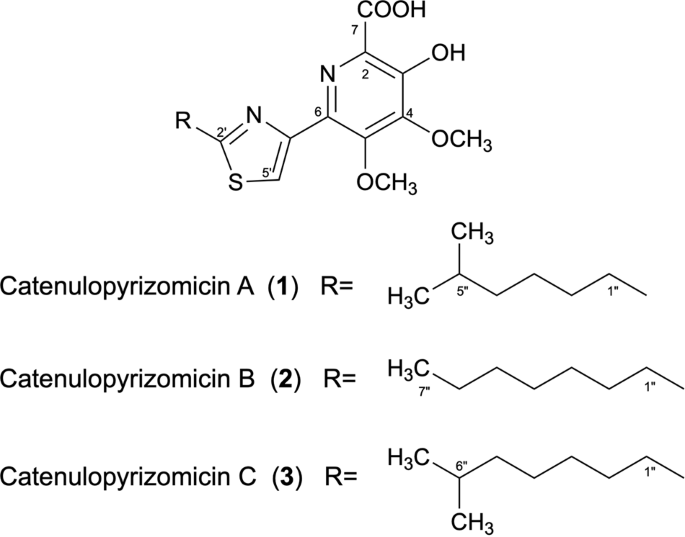
- Select a language for the TTS:
- UK English Female
- UK English Male
- US English Female
- US English Male
- Australian Female
- Australian Male
- Language selected: (auto detect) - EN
Play all audios:
I made my first trip to Portugal in 1980, ostensibly to start work on a project involving the history of port wine. I stayed in the Oporto Lawn Tennis and Cricket Club and met a few people
in Vila Nova de Gaia, the centre of the trade that lies opposite Oporto on the south side of the River Douro before it debouches into the Atlantic. I went up to Pinhão, the hot, sleepy,
little town at the centre of the region where the base wines for port were produced. What little table wine was made in the Douro Valley was pretty well unknown in Britain and production was
still spurned by the famous port houses. When I left Oporto I asked Johnnie Graham — then of Cockburns but later to create his own successful company in Churchills — to list a few wines I
might take back to Paris with me. With his help I assembled a box of those super-reserve garrafeiras with peculiar acronyms that made up the bulk of Portuguese bottled wines then. These were
made in whacking great wineries north and south of the Tagus. I added some Colares grown on its own roots in the sand north of Lisbon, J M da Fonseca’s Periquita from Palmela to the south
and some light-hearted, frothy vinho verde. Branded wines from the Ribatejo and Bairrada generally found their way to former Portuguese colonies in Africa, Asia and South America. In France
and Germany there was a market for vinho verde in millions of Portuguese immigrants, most of whom came from the Minho and missed their local wine. There were a few famous table wines, like
Barca Velha from the Douro and Tapada de Chaves from the Alentejo; and there were the cooperatives created by the dictator Salazar which turned out some quite decent wine both then and now.
Regions such as Dão and the Alentejo were of purely local significance. Twenty years later I was commissioned to write a book about Portuguese wine. Things had begun to change, but the book
would be horribly out of date now: from being the backwater of western European wine, Portugal, with its many indigenous varieties, has become one of the most innovative regions in the
vinous world. By then the port-wine trade had begun to release its grip and more and more unfortified wine was being made in the Douro Valley. In an argument possibly attributable to the
British companies that bought the best grapes there, the new table wines were conceived on Bordeaux lines, despite the different climate and terroir and the ferocious heat of the valley,
which often led to the phenomenon of “Douro bake” when wines left in cask cooked in the heat of the sun. A more pragmatic influence was exerted by Dirk van der Niepoort, who produced wines
in a number of styles. Under his tutelage the Douro began to excel at white wines, made at 500-600 metres above sea level to engender a lively acidity. In the 1970s, research had begun to
isolate the best grape varieties and Touriga Nacional was hailed as a vinous Messiah, at least in vineyards north of the Tagus. Some of the best new wines, however, were field blends culled
from vineyards planted a century before which might have contained anything up to a hundred different varieties. One domaine that seized the opportunity to make tip-top table wines was the
Quinta do Crasto on its dramatic rock a few miles west of Pinhão. Crasto still does a Touriga Nacional as well as an Old Vines Reserva, both of which are both lovely and pricy. You can’t go
far wrong with the estate red, which is still a bargain. Roll on another twenty years and Dirk Niepoort continues to make wonderful wines in the Douro but he has vastly expanded his
operations, and is now to be found in Dão and Bairrada as well. If I were to opt for one Portuguese region for my wines — or at least red wines — I would choose the Alentejo, a vast, barren
area between the Tagus and the Algarve. In the ’80s the historic wine of Pera-Manca was revived in vineyards near the old Roman city of Evora and now the wine challenges Barca Velha and
others as Portugal’s most exclusive (and expensive) red wine. At the recent London Portuguese tasting I rediscovered the wines of the Herdade de Mouchão, which like the Quinta do Carmo
nearby, was once a Reynolds property. The Reynolds family went to Portugal in the 1840s via New Zealand, and arrived with the eucalypt, which now lines every road in the country. These big
estates in the Alentejo were chiefly farmed for cork, but they all had their vineyards and despite a brief intermission at the time of the Portuguese Revolution, Mouchão has produced
consistently good wines for decades. The 2013 was a chip off the old block, but could happily lie a little longer. Alentejo whites have certainly improved with modern technology, but if you
are looking for something more refreshing, you are better off heading north to the Minho. This is where the cheerful vinho verde is made. Another Portuguese winemaker who has his fingers in
almost every pie was Anselmo Mendes — these days he even makes wine in the Azores! His more serious Minho wines are the Alvarinhos from Monção e Melgaço on the Spanish Border. “Contacto” is
available from the Wine Society. As the name implies the Alvarinho grapes are left on their skins for twelve hours before pressing to give them a more intense, pear-like flavour.







